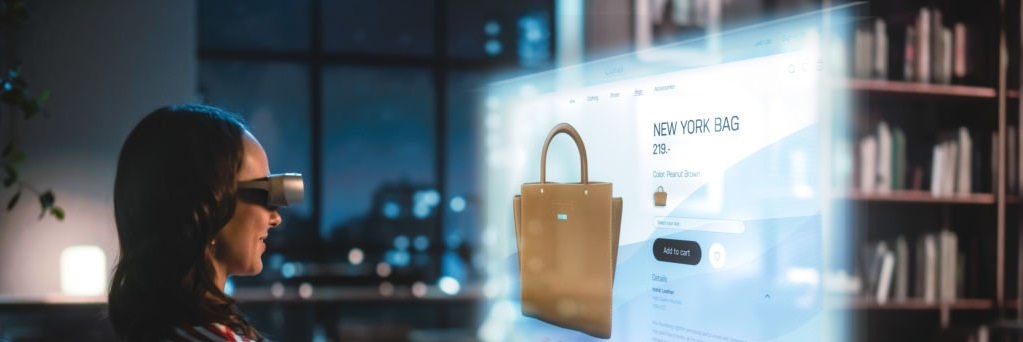Now more than ever, we understand the value of remote sales. The recent (and hopefully last) pandemic did not leave us with any choice but to proceed along this way. Of course, we were already buying anything and everything online, but we still had the opportunity to step outside and pick up goods and sunrays.
For B2B sectors, buying and selling procedures had to evolve suddenly and adapt to the unforeseen situation. How are we doing so far? Are remote sales sustainable? We will try to answer these interrogations in today’s article
PART 1: WHY REMOTE SELLING IS HERE TO STAY.
Like we said earlier, remote selling, although not completely adopted, was already a thing. Nevertheless, COVID-19 compelled B2B actors to embrace the digital on way bigger scale. According to a recent Gallup poll, prior to the all the lockdowns and other preventive measures, 39% of employees surveyed said their employers offered them the possibility to work remotely. Over the past few months however, that number has risen to 57%. Another report by McKinsey revealed that 70 to 80% of B2B decision makers preferred remote interactions with sellers or buyers. Several reasons may be associated with those results: there’s a new ease in scheduling, huge savings on travel expenses, and obviously, COVID-19 related safety issues. What began as merely a natural crisis reaction has now transformed into the new normal.
PART 2: PERKS & DISADVANTAGES OF REMOTE SALES.
The most obvious perk is the virtual elimination of costs related to travel. A factor which makes more sense for veteran sales representatives. Old-school methods of demos (PowerPoint files and other laggy live presentations) also evolved into something smoother, realistic, and much more interactive. Companies’ different teams, i.e., product, design, and marketing, are also more available to sales teams, and those changes have a considerable impact on product demonstrations.
New apps such as Slack, Trello, Zoom and the plethora of CRM software were developed along the way to automate tedious tasks so that sales representatives could focus their time on things they deemed more important such as closing deals. Every step of the selling process evolved at an accelerated rate, but we must keep in mind that no two prospects are alike. It is why, even though all those new tools provide sellers with the same weapons, they might need to personalize the selling experience for each prospect to stand out.
PART 3: HOW YOU CAN ADJUST YOUR STRATEGIES AND EXTRACT MAXIMUM BENEFIT FROM REMOTE SELLING?
To maximize the benefits of remotes sales, businesses must gain maturities and significant experience in specific remote selling competencies.
“Remoteness” must not lead to loss of human contact. Social selling is a great way to counteract the downsides of selling remotely. Whether it’d be through LinkedIn, Twitter, or any other social media platform you use to build relationships in your industry, social selling skills are an invaluable addition to your personal or company’s resume.
What helps a buyer make up its mind about a purchase is the connection it feels with products or a brand. What better way to build this link than through a video? A visible personality displayed through a virtual presentation is a very effective method to showcase your special selling points. While virtual communication is a go-to now, make sure you do not lose your audience and prepare beforehand and learn how to detect non-verbal cues on when, why, and how you can render the presentation more dynamic.
Old habits die hard. Mainly because most of it have proven several times that they are still relevant, even today. Referral selling is apparently one of them. Leveraging your connection with a client might help build a relationship built on trust with this new prospect.
To stay on the human side of things, EQ skills, or emotional intelligence skills, are important competencies to develop when sales occur virtually to bridge the distance through the screen.
Finally, sales teams had to quickly learn how to efficiently work from home, with all the advantages and disadvantages it comes with. Easily switching from face-to-face and remote visits and being comfortable with sudden changes and needs are now essential skills because this new hybrid way of doing things is here to stay.
CONCLUSION
We had a long run test of remote selling, and it is obvious both sellers and buyers agree it is the way to go from now on. COVID-19 changed everything, probably forever also, but humans proved they were able to adjust to new realities fairly quickly. With globalization and technology advances, sales were doomed to change anyway. The pandemic merely accelerated things. Great philosopher Alan Watts once said: “The only way to make sense out of change is to plunge into it, move with it, and join the dance.”
The key is to provide a unique and personalized experience to prospects and prevent as best as you can malfunctions. Want to know more on how you can achieve it with EEXAR? Click here.




